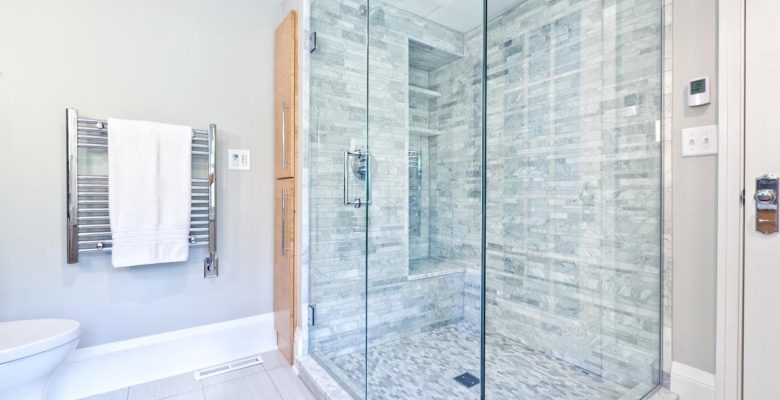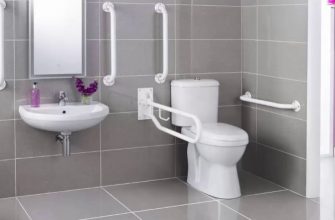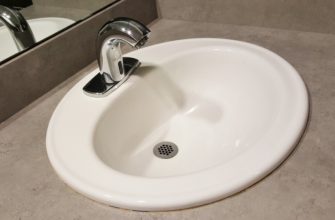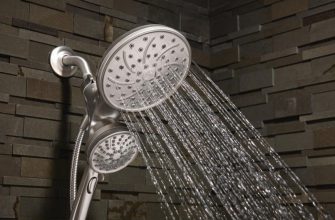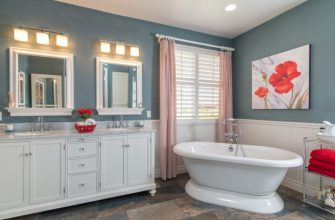Keeping your shower stall in good working order is important for comfort, convenience, and preventing costly water damage or mold issues. Over time, the constant exposure to moisture can take its toll, leading to leaks, worn grout and caulk, mildew buildup, and other problems.
Fortunately, there are many repair and maintenance solutions available when your shower stall needs some TLC. This comprehensive guide covers everything from quick DIY fixes to full professional renovations. You’ll learn how to evaluate and address common shower problems, budget for repairs, implement eco-friendly upgrades, and keep your stall in tip-top shape for years to come.
With the right information and materials, you can tackle most shower stall repairs yourself and save considerable time and money in the process. For more complex or large-scale issues, bringing in a qualified professional may be the smartest route. Either way, this guide breaks down all the key considerations and provides actionable advice for renewing your aging or damaged shower stall.
- Common Issues with Shower Stalls
- Leaks and Water Damage
- Mold and Mildew Growth
- Structural Wear and Tear
- Assessing Your Shower Stall Repair Needs
- Identifying the Type of Shower Stall
- Inspecting for Damages
- Determining Repair vs. Replacement
- DIY Shower Stall Repairs
- Fixing Minor Leaks and Drips
- Replacing Faucet Washers and Seals
- Repairing Grout and Caulk
- Addressing Mold and Mildew
- Cleaning and Removing Mold and Mildew
- Recaulking and Sealing
- Professional Repair Options
- Hiring a Contractor
- Replacing Damaged Tiles or Panels
- Upgrading Fixtures and Hardware
- Upkeep and Maintenance Tips
- Regular Cleaning and Inspection
- Preventive Measures to Avoid Future Issues
- Knowing When to Seek Professional Help
- Budgeting and Cost Considerations
- Estimating Repair Costs
- Budget-Friendly Maintenance Strategies
- Financial Planning for Major Repairs or Replacements
- Eco-Friendly and Sustainable Repair Solutions
- Choosing Environmentally Friendly Materials
- Water-Saving Shower Heads and Fixtures
- Long-Term Sustainability Practices
- Conclusion
Common Issues with Shower Stalls
Leaks and Water Damage
Leaks are one of the most common shower stall issues. When seals around doors and walls fail, water can seep into surrounding areas, causing extensive damage if left unaddressed. Catching and repairing minor leaks early is crucial.
Mold and Mildew Growth
The hot, humid environment of shower stalls makes them prone to mold and mildew growth. Discoloration and staining can occur, along with potential health issues if spores are inhaled. Proper ventilation, cleaning methods, and moisture-blocking applications are key to prevention.
Structural Wear and Tear
Years of use can cause tiles, walls, floors, doors, and fixtures to deteriorate. Cracks, loose tiles, corroded surfaces, and leaks are common problems. Routine maintenance and replacement of worn parts reduces more extensive repairs down the road.
Assessing Your Shower Stall Repair Needs
Identifying the Type of Shower Stall
The first step is determining what type of shower stall you have. Common types include:
- Fiberglass stall units.
- Acrylic or plastic stall surrounds.
- Ceramic tile stalls.
- Stone tile stalls.
- Glass block stalls.
Knowing your shower stall type allows you to assess issues accordingly and choose suitable repair materials and methods.
Inspecting for Damages
Conduct a thorough inspection inside and outside your stall to identify problem areas. Check for leaks, cracks, loose tiles/caulking, wall damage, mold and mildew, hardware issues, etc. The inspection results will dictate the necessary repairs.
Determining Repair vs. Replacement
Minor issues like re-caulking or replacing a faucet cartridge can be DIY repairs. But significant leaks, mold damage, or multiple structural problems may require a full tear-out and shower replacement. Assess the scope of issues along with your budget to decide the best course.
DIY Shower Stall Repairs
Fixing Minor Leaks and Drips
Replacing Faucet Washers and Seals
If your shower head or tub spout drips, the faucet washers or seals likely need replacing – an easy, inexpensive DIY fix. Turn off water supply, dismantle hardware, replace worn washers/seals, reassemble, and test.
Repairing Grout and Caulk
Re-grouting or caulking around joints will block minor leaks. Clean and fully dry area first. For grout, rake out old grout and apply new. For caulk, cut out old and apply waterproof bathroom caulk. Smooth out for neat finish.
Addressing Mold and Mildew
Cleaning and Removing Mold and Mildew
Combine 1 cup bleach + 1 gallon water and scrub affected areas. For tough stains, apply mold remover gel and let sit before scrubbing and rinsing. Be sure to wear gloves and turn on fans for ventilation.
Recaulking and Sealing
After thorough mold removal, apply fresh waterproof caulk around stall joints and seams. Look for any cracks or gaps that may allow moisture intrusion and thoroughly seal.
Professional Repair Options
Hiring a Contractor
For major shower stall repairs, a professional contractor is recommended. They have the expertise to fully evaluate issues and make necessary repairs you likely can’t DIY. Get multiple quotes and check reviews first.
Replacing Damaged Tiles or Panels
Contractors can access and replace wall or floor tiles, fiberglass or acrylic panels, doors, and associated hardware. This may involve temporarily removing sink, toilet or other fixtures to gain access.
Upgrading Fixtures and Hardware
While making repairs, consider upgrading fixtures, shower heads, handles, shelves, and other accessories for improved function and aesthetics. Consult with your contractor on options.
Upkeep and Maintenance Tips
Regular Cleaning and Inspection
Clean shower walls, floors, and doors thoroughly after each use with a squeegee and non-abrasive cleaner. Inspect caulking and grout lines monthly and reapply as needed. Check for leaks, cracks, or other damage.
Preventive Measures to Avoid Future Issues
Install waterproof shower panels or tanking membrane behind tiles. Use mold-resistant grout and caulk. Ensure proper ventilation. Wipe down surfaces after showering and leave door open to allow drying.
Knowing When to Seek Professional Help
See a contractor right away if you discover large cracks or structural damage, significant leaks, or substantial mold issues. Major repairs often require specialized tools, materials, and skills.
Budgeting and Cost Considerations
Estimating Repair Costs
Minor DIY fixes like caulking or new shower head typically range from $10-50. For more extensive repairs, costs vary greatly based on factors like: stall type/size, repair scope, choice of materials, contractor fees, etc. Get quotes.
Budget-Friendly Maintenance Strategies
Preventive DIY maintenance is most cost-effective. Re-caulk annually. Scrub surfaces with vinegar or baking soda. Replace washers when drips start. Address issues quickly before they worsen. Comparison shop and use coupons for supplies.
Financial Planning for Major Repairs or Replacements
Full shower replacements can cost $2,000-6,000+. Plan ahead by budgeting for home repairs or consider a home equity loan. Time major renovations when you can get the best contractor rates.
Eco-Friendly and Sustainable Repair Solutions
Choosing Environmentally Friendly Materials
When making repairs, choose materials like low-VOC caulks/sealants, recycled glass tiles, sustainably sourced natural stone, energy efficient fixtures, and green cleaning products.
Water-Saving Shower Heads and Fixtures
Installing WaterSense labeled shower heads, low-flow valves, and self-closing taps prevents waste and lower utility bills. Adjustable heads allow control over water volume used.
Long-Term Sustainability Practices
Take good care of your shower with regular upkeep to maximize lifespan. When replacement is needed, look for durable, eco-friendly options built to last decades.
Conclusion
With proper care and attention, your shower stall can continue providing reliable service for years. Addressing minor issues quickly, keeping up with routine maintenance, and budgeting for eventual repairs or renovations will save you time, money, and hassle down the road.
Use the information in this comprehensive guide to tackle shower stall repairs with confidence. And invest in quality, eco-friendly materials as needed to maximize sustainability.
By looking after your shower stall and providing needed fixes or facelifts, you’ll enjoy this essential space safely for decades to come.

